Dill Herbs: 7 Secrets to Elevate Your Dishes and Soothe Your Soul
Whether you're a seasoned home cook or someone just discovering the world of fresh herbs, dill has something special to offer. Known for its feathery leaves and vibrant flavor, dill herbs are more than just a garnish — they’re a versatile ingredient with culinary and medicinal appeal. In this article, we’ll dive into everything you need to know about dill herbs, from their unique characteristics to how to use them like a pro. Ready to get your dill on? Let’s go!
Table of Contents
- What Exactly Is Dill?
- Understanding Dill's Flavor Profile
- Top Culinary Uses of Dill Herbs
- The Surprising Health Benefits of Dill
- Buying Guide: How to Choose the Best Dill
- Growing Your Own Dill at Home
- Pro Tips for Cooking with Dill
- Storing Dill Herbs Like a Pro
- Common Mistakes to Avoid When Using Dill
- Conclusion: Why Dill Deserves a Spot in Your Kitchen
What Exactly Is Dill?
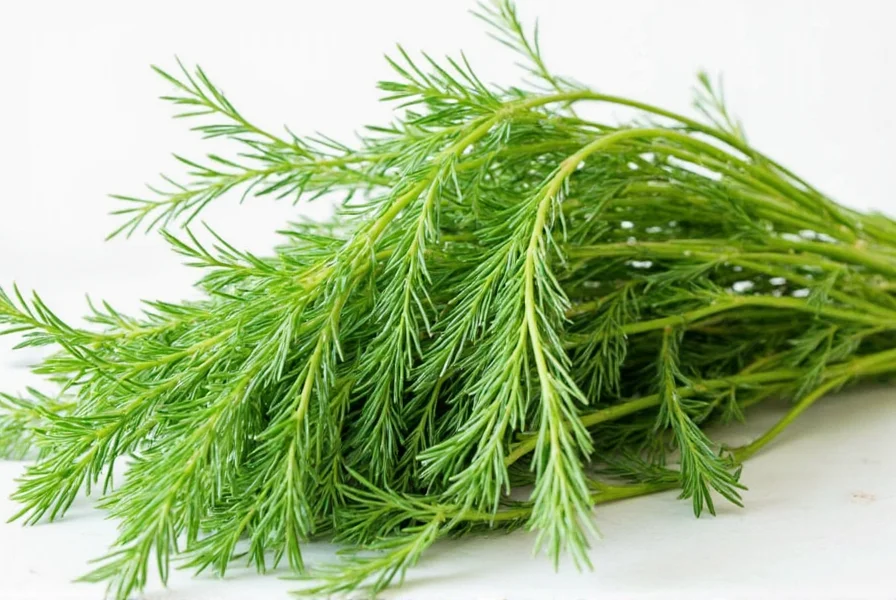
Dill (Anethum graveolens) is an aromatic herb native to the Mediterranean and southern Russia. It’s characterized by its delicate, lacy green foliage and a strong, distinct aroma that instantly elevates any dish. While most people associate dill with pickles (especially those classic deli-style ones), it’s much more than just a pickle booster.
The plant itself can grow up to 4 feet tall and produces yellow flowers in the summer, which later develop into dill seeds — another popular spice used around the world. However, the tender green leaves, known as dill herbs or dill weed, are what most cooks reach for when adding fresh flavor to soups, sauces, fish, and salads.
Understanding Dill's Flavor Profile
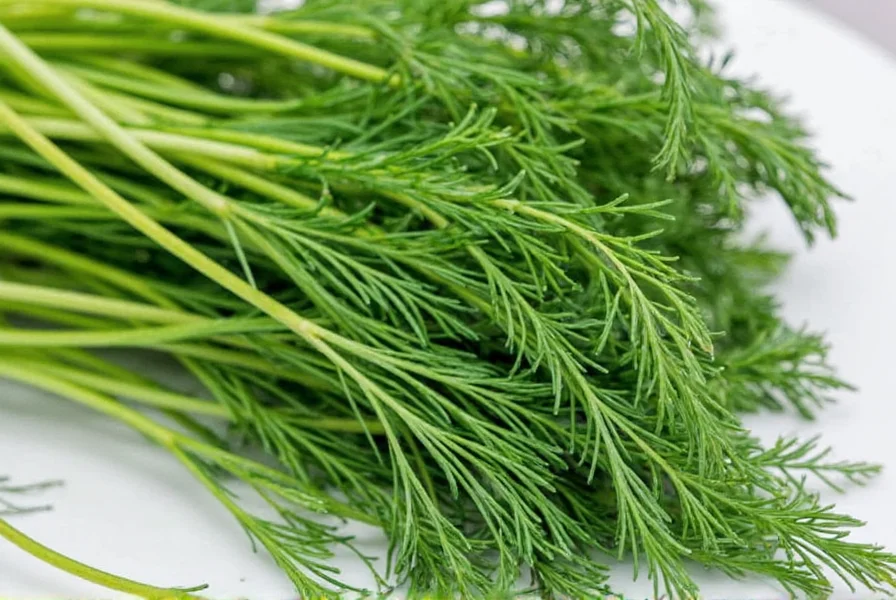
If you’ve ever taken a sniff of a fresh dill sprig, you probably noticed a citrusy, slightly sweet, and grassy scent — almost like a mix between fennel and parsley with a hint of anise. Its flavor is bright and herbaceous, making it perfect for balancing rich flavors or enhancing light dishes.
| Taste Profile | Description |
|---|---|
| Bitterness | Low |
| Citrus | Moderate |
| Eartiness | Light |
| Grassiness | High |
| Floral Notes | Subtle |
Top Culinary Uses of Dill Herbs
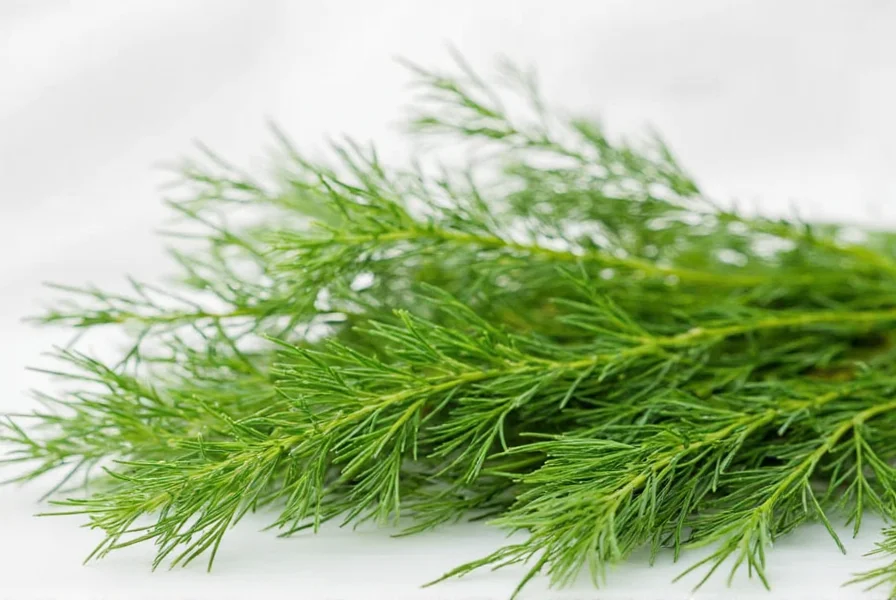
From Scandinavian cuisine to Middle Eastern fare, dill has earned its place across global kitchens. Here are some of the top ways to put dill herbs to work:
- Pickling: Classic for a reason — dill adds brightness to brines and pairs perfectly with garlic and mustard seeds.
- Fish & Seafood: Especially great with salmon, trout, shrimp, and whitefish. Try a dill-infused cream sauce or sprinkle chopped dill over grilled fish.
- Soups & Stews: Add a handful of fresh dill toward the end of cooking for a burst of freshness.
- Dips & Sauces: Blend dill with Greek yogurt, sour cream, lemon juice, and garlic for a quick tzatziki or ranch-style dip.
- Salads: Toss into green salads or grain bowls for a fragrant kick.
- Vegetables: Steamed carrots, roasted potatoes, and cucumber salads all benefit from a few dill sprigs.
The Surprising Health Benefits of Dill
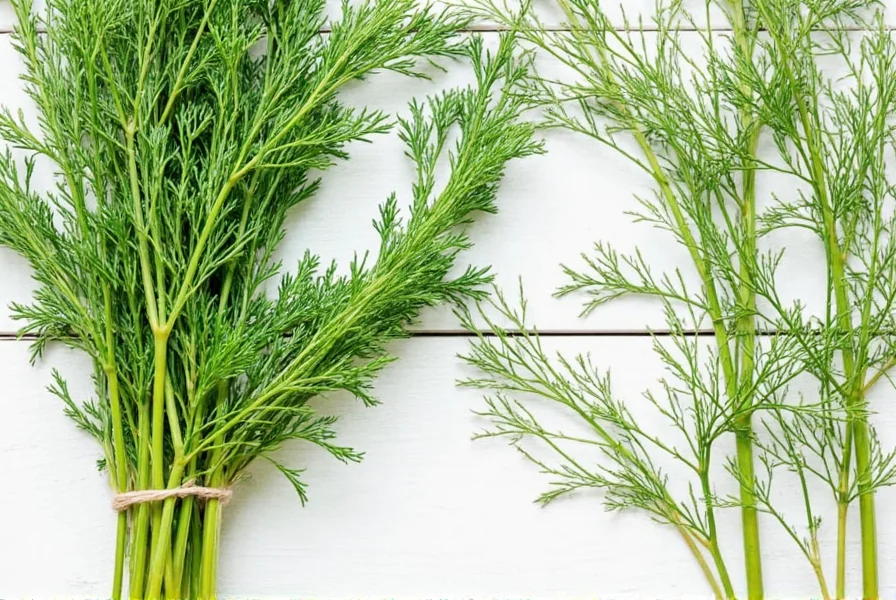
Beyond taste, dill herbs bring a range of wellness perks to the table. They’re low in calories but rich in antioxidants and essential oils that may support digestion, reduce inflammation, and improve heart health.
Here’s a quick overview of the potential health benefits:
- Anti-inflammatory properties: Thanks to compounds like eugenol and flavonoids.
- Antioxidant-rich: Helps fight free radicals and supports immune function.
- May aid digestion: Traditionally used to soothe stomach cramps and gas.
- Promotes heart health: Contains magnesium and fiber that support healthy cholesterol levels.
Buying Guide: How to Choose the Best Dill
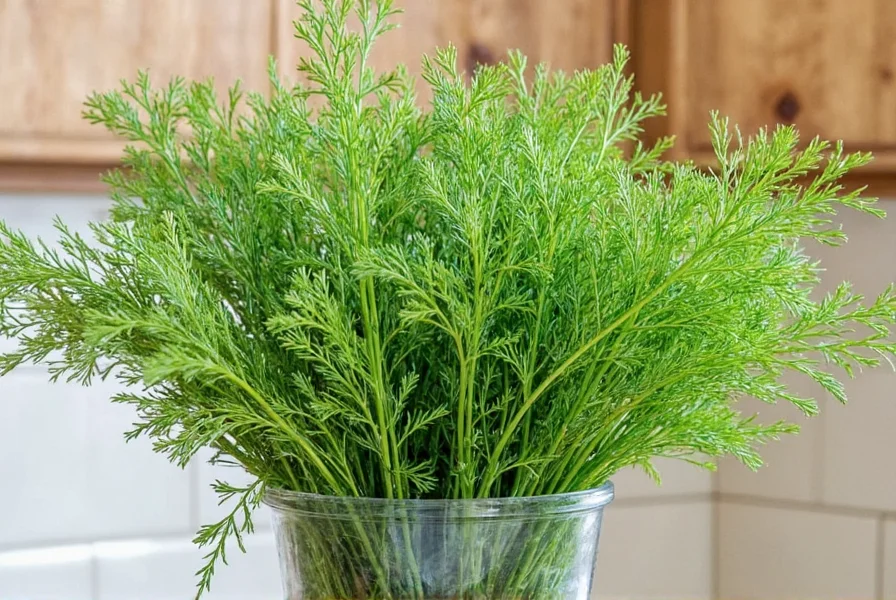
When shopping for fresh dill, quality matters. Follow these tips to pick the best bunches:
| Feature | What to Look For | Recommended Brands |
|---|---|---|
| Color | Bright green leaves; avoid yellowing or browning | Local Organic Farms, Earth Grown Herbs |
| Texture | Leaves should be firm and not wilted | Fresh Harvest Co., Nature’s Garden |
| Smell | Aromatic with fresh, sharp dill scent | Urban Sprout, FreshSprig Organics |
Growing Your Own Dill at Home
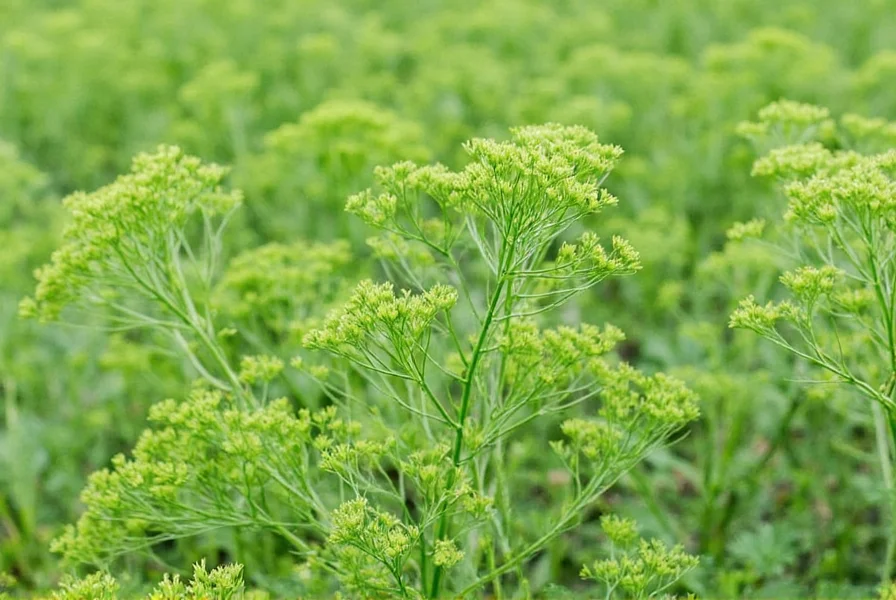
Growing dill is easy and rewarding. Whether you have a sprawling backyard or just a sunny windowsill, here’s how to do it:
- Location: Full sun (6+ hours per day)
- Soil: Well-draining, fertile soil
- Water: Keep moist but not soggy
- Harvesting: Snip leaves once the plant reaches 6–8 inches tall
- Tip: Don’t overcrowd seedlings — dill grows tall and needs space
Pro Tips for Cooking with Dill

To truly make the most of dill’s delicate flavor, follow these insider cooking tips:
- Add fresh dill toward the end of cooking to preserve flavor and color.
- Use fresh leaves for lighter dishes; dried dill is better suited for longer-cooked meals.
- Combine with other herbs like parsley, chives, and tarragon for complex flavor profiles.
- Infuse oil or butter with dill for easy flavor boosts in sautéing or baking.
- Make a quick compound butter with softened butter, minced dill, and lemon zest — ideal for grilled fish.
Storing Dill Herbs Like a Pro
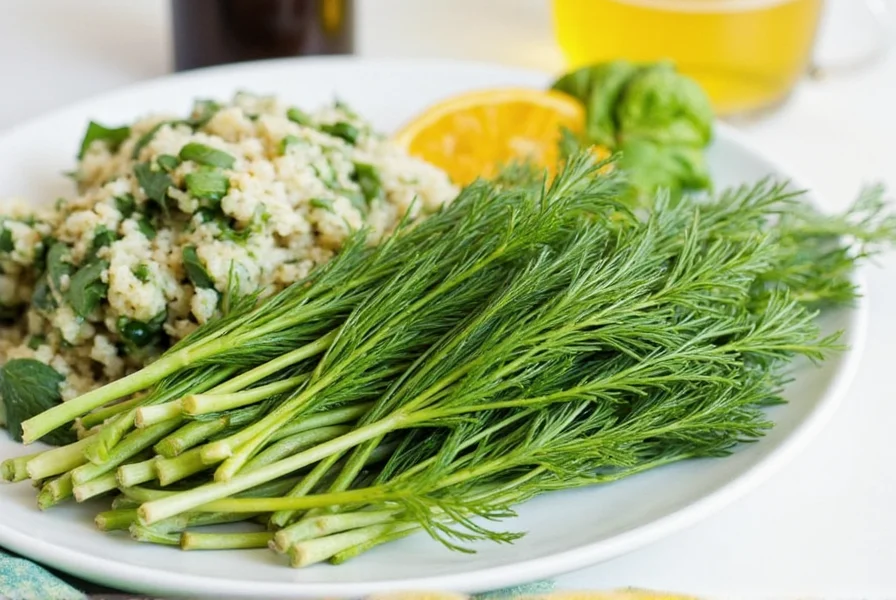
Fresh herbs can be tricky to store, but with the right method, you can keep your dill vibrant and usable for days. Try one of these methods:
- Water Method: Place stems in a glass of water and loosely cover with a plastic bag. Store in the fridge for up to 5 days.
- Freezing: Chop dill finely, place in ice cube trays with water or olive oil, and freeze for future use.
- Drying: Hang small bundles upside down in a dry, dark area until fully dehydrated. Store in an airtight container away from light.
Common Mistakes to Avoid When Using Dill
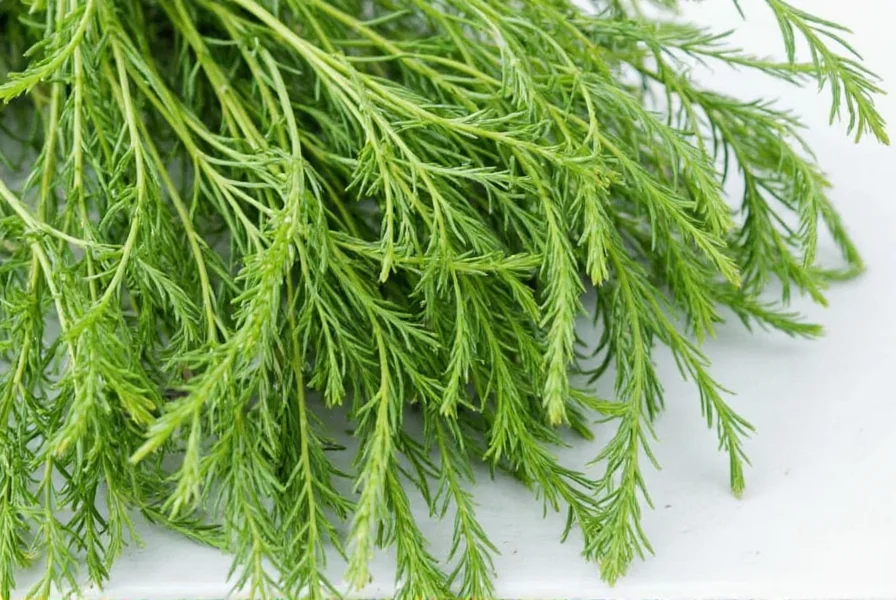
Even seasoned cooks sometimes miss the mark with dill. Here are common blunders to steer clear of:
- Overcooking: Heat diminishes dill’s flavor quickly — add at the very end of cooking.
- Using too much: A little goes a long way. Start with less and adjust as needed.
- Mixing with overpowering spices: Dill is subtle — let it shine instead of masking it with bold seasonings.
- Ignoring texture: Wilted or brown dill will drag down the appearance of a dish. Always use fresh, vibrant leaves.
Conclusion: Why Dill Deserves a Spot in Your Kitchen
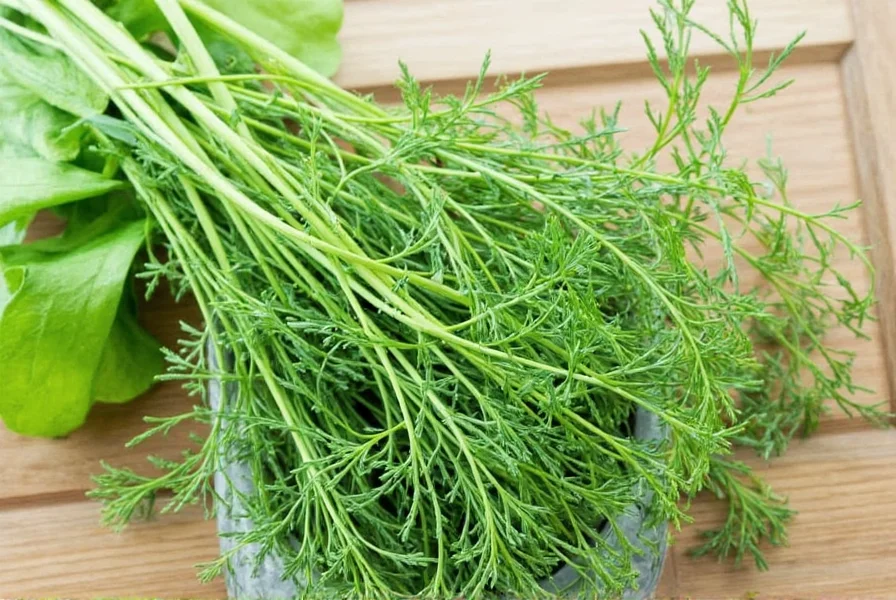
With its refreshing flavor, versatility, and healthful properties, dill herbs are a must-have in any well-stocked kitchen. From jazzing up a simple potato salad to complementing a rich seafood dish, dill brings both culinary flair and functional benefits to the table.
Whether you buy it fresh from the market or grow it yourself, incorporating dill into your meals is a smart, delicious move. So next time you see those feathery fronds, don’t walk past — grab a bunch and let your inner chef shine.











 浙公网安备
33010002000092号
浙公网安备
33010002000092号 浙B2-20120091-4
浙B2-20120091-4